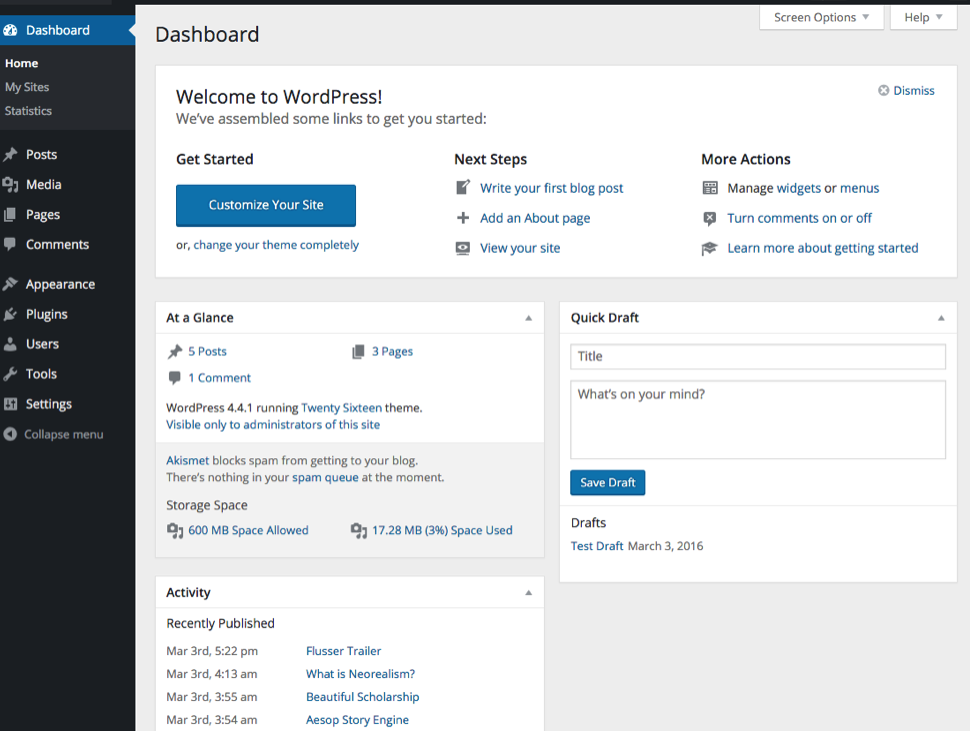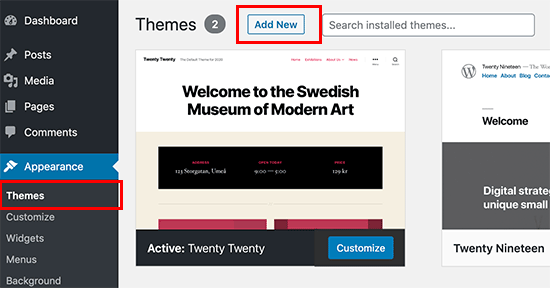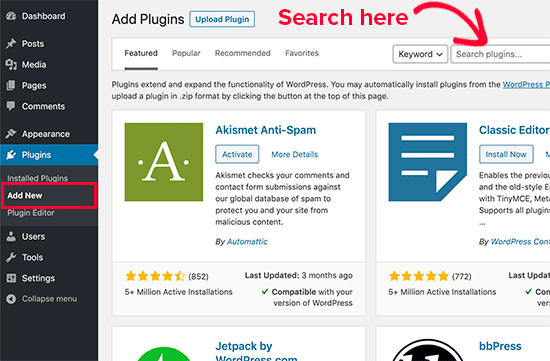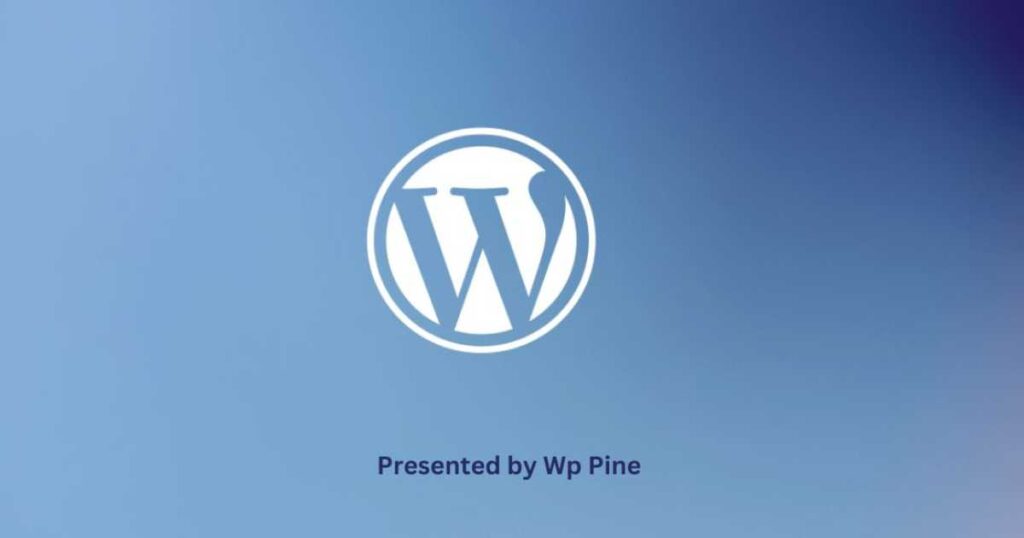WordPress is an outstanding and multifunctional tool for creating websites as it is the basis for more than 40 percent of websites all around the world. Hence, if you are a business person, blogger, or any form of an enthusiast in need of a website, WordPress is an easy-to-use platform in the development of the website. Here you will find step by step instructions on how to install WordPress as well as tips on how to modify it to the way you will use it.
Introduction to WordPress
WP is an open source software that is used to manage the websites easily because it is content management system. It is highly flexible and easily scalable program that has an intuitive interface for users. Below are some of the items that will be discussed in this guide Include; how to install WordPress, choosing your WordPress theme and installing plugins, and finally, basic WordPress customization.
Setting Up Your WordPress Site
Choosing a Hosting Provider
Before you can start building your WP site, you need to choose a hosting provider. A hosting provider is where your website’s files will be stored and served to visitors. Popular hosting options for WordPress include:
- Bluehost: Recommended by WordPress.org, offers easy one-click WordPress installation.
- SiteGround: Known for excellent customer support and performance.
- WP Engine: A premium managed WordPress hosting provider with enhanced features.

Installing WordPress
Most hosting providers offer a simple, one-click installation process for WordPress. If your hosting provider doesn’t offer this, you can install WP manually:
- Download WordPress from wordpress.org.
- Upload the WordPress files to your web server using an FTP client.
- Create a MySQL database and user through your hosting control panel.
- Configure the
wp-config.phpfile with your database details. - Run the WordPress installation script by navigating to your domain name.
Choosing and Customizing a Theme
Selecting a WordPress Theme
A theme controls the appearance of your WP site. There are thousands of free and premium themes available:
- Free Themes: Available in the WordPress Theme Directory. Examples include Astra, OceanWP, and Twenty Twenty-One. (Best ways to choose theme for you website)
- Premium Themes: Available from marketplaces like ThemeForest and Elegant Themes.
To select a theme:
- Go to Appearance > Themes in your WordPress dashboard.
- Click Add New to browse or search for themes.
- Preview and install the theme of your choice.

Customizing Your Theme
Once you’ve selected a theme, you can customize it to match your brand:
- Navigate to Appearance > Customize to open the WordPress Customizer.
- Modify settings such as site identity, colors, and menus.
- Use the Additional CSS section to add custom styles if needed.
Installing and Managing Plugins
What Are Plugins?
Plugins are extensions that add functionality to your WP site. They can help with SEO, security, performance, and more. Some essential plugins include:
- Yoast SEO: For search engine optimization.
- Wordfence Security: For security enhancements.
- WP Super Cache: For performance optimization.
To install a plugin:
- Go to Plugins > Add New in your WordPress dashboard.
- Search for the plugin you want to install.
- Click Install Now and then Activate.

Managing Plugins
Keep your plugins updated to ensure compatibility and security:
- Go to Plugins > Installed Plugins to view and manage your plugins.
- Update plugins regularly by clicking Update Now.
Creating Content
Adding Posts and Pages
WP allows you to create various types of content, including posts and pages:
- Posts: Suitable for blog entries and news updates. To add a post, go to Posts > Add New.
- Pages: Ideal for static content like About Us and Contact pages. To add a page, go to Pages > Add New.
Using the Block Editor
WP uses the Block Editor (Gutenberg) for creating and editing content. Blocks are individual elements like paragraphs, images, and headings that you can add and arrange on your page or post.
- Click on the + icon to add a new block.
- Select the type of block you want to use.
- Customize and arrange blocks as needed.
Final Tips and Best Practices
Keeping Your Site Secure
- Regular Backups: Use plugins like UpdraftPlus to create regular backups of your site.
- Strong Passwords: Use complex passwords for your WordPress admin accounts.
- Updates: Keep WordPress, themes, and plugins up to date to avoid security vulnerabilities.
Optimizing for SEO
- Use SEO Plugins: Plugins like Yoast SEO can help you optimize your content for search engines.
- Optimize Images: Compress images to improve site performance.
- Create Quality Content: Regularly publish high-quality, relevant content to attract and engage visitors.
Conclusion
Getting started with WP can be a straightforward process if you follow these steps. From setting up your site to customizing its appearance and adding content, WP provides a robust platform for building your online presence. By leveraging the tips and best practices outlined in this guide, you can create a professional and functional website that meets your needs.
Additional Resources
Learn more about WordPress, WordPress Themes, and WordPress Plugins.
- Top 5 Membership Plugins for WordPress in 2024 by Wppine
- 7 best WordPress Plugins for Forms by Wppine
- Best SEO Plugins for WordPress in 2024 by Wppine
- 13 Best WordPress Themes for Agencies in 2024 by Wppine
- 10 Best Free Newspaper Themes for WordPress by Wppine
- 7 Best WordPress Themes for Restaurants by Wppine
- Top 10 Free WordPress Themes For Blogging by Wppine
- 15 ways to Speed Up WordPress Theme for Better Performance by Wppine
Gain some more knowledge of technology as well.
- Learn Python – by Wppine
- Learn Java – by Wppine
- Trends in Tech – by Wppine



